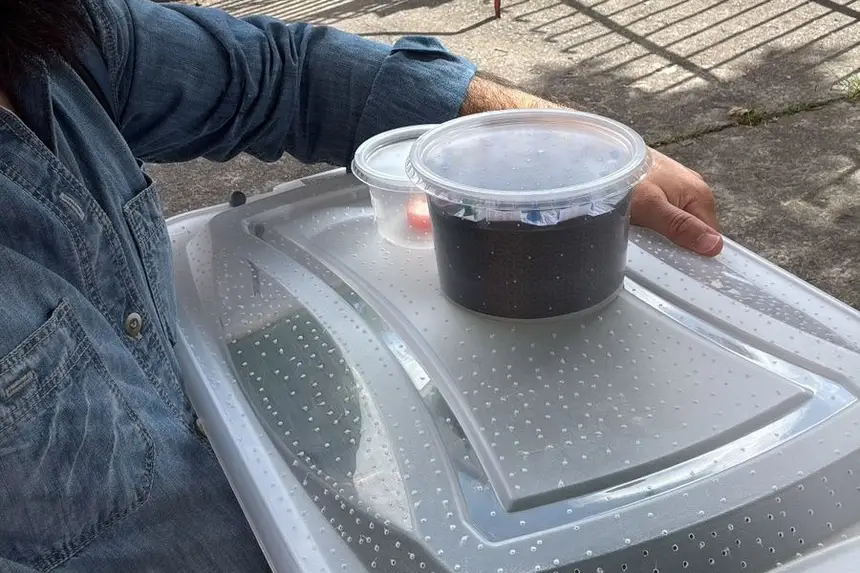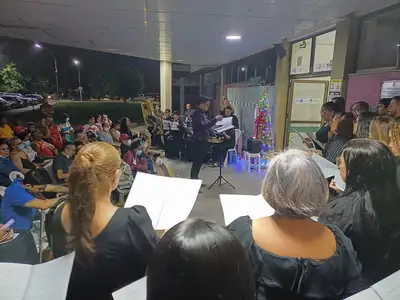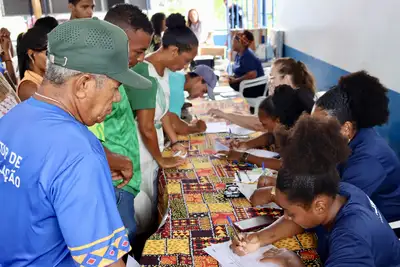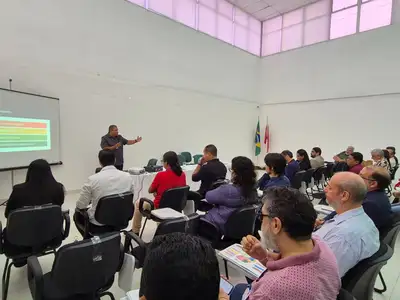Mangal das Garças Zoobotanical Park reintroduces Owl-eye butterfly to José Márcio Ayres butterfly house
The species had not been recorded in the José Márcio Ayres butterfly house for two years

On May 4, 2025, the Mangal das Garças Zoobotanical Park reintroduced a butterfly species that had not been recorded in the José Márcio Ayres butterfly house for two years. Donated by the butterfly house of the Catavento Museum in São Paulo, on May 26, the Owl-eye, Caligo illioneus, can now be seen flying freely in the Mangal reserve.
During a trip to São Paulo, the park's representative, Basílio Guerreiro, personally went to collect the 150 larvae, 50 eggs, and 25 pupae that were donated by the Catavento Museum in São Paulo. The partnership was established through the creation of a group of butterfly houses from all over Brazil. The members have access to various contacts. "We exchange experiences, and I requested some specimens, and they promptly made them available. In a few months, we completed the transfer documentation, and I went to pick them up. I brought them on my lap to avoid any problems with the larvae, pupae, and eggs," commented the biologist.
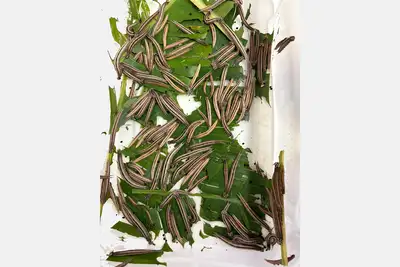
The Owl-eye butterflies are known by this name due to characteristic spots that mimic eyes; this mechanism serves to distract predators. The species occurs throughout Brazil and has a longer life cycle than other butterflies present in the park. Additionally, they have more crepuscular habits, primarily feeding on fermented fruits and being part of various food chains in the tropical forest.
In recent years, the impacts of climate change have directly affected the cycles of the five kingdoms; all organisms have made a tremendous effort to continue surviving; each species has used its strategy for the perpetuation of its genes, but some will disappear over the years, both due to climate change and the loss of forest areas.
"Every two years, we conduct collections (authorized by projects via Semas) of butterfly specimens for introduction into the butterfly house; this is vital for the maintenance of species and genetic variability. In the last attempts to find the Owl-eye in the Metropolitan Region of Belém, no specimens were found. In a way, this is concerning for the balance of life in the forests," says Basílio Guerreiro, biologist at Mangal.
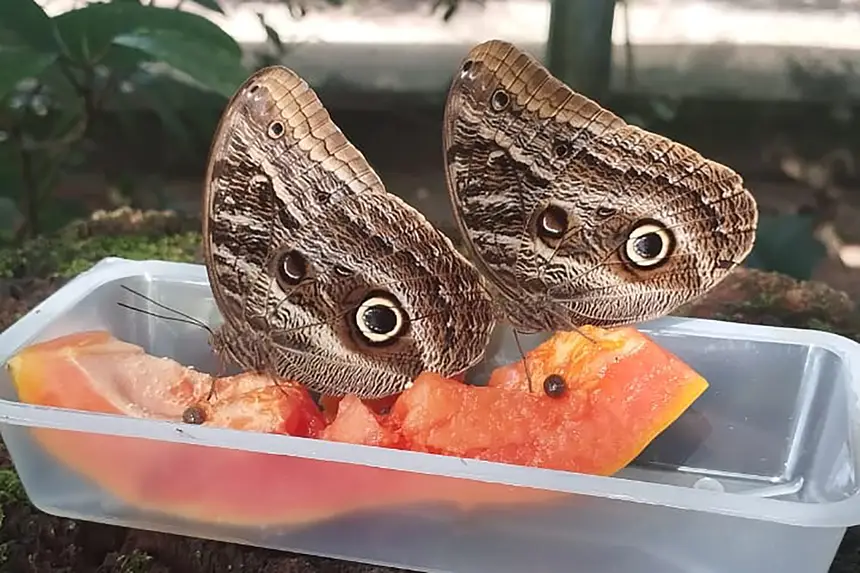
The first Caligo illioneus born in the park were cared for in a restricted area for supervision. Shortly after, 12 specimens were released and are being monitored to track their adaptation. The technical team at Mangal is quite optimistic about the recovery of the species.
Within the José Márcio Ayres Reserve, the Owl-eye is the subject of studies, environmental education, and a genetic bank. The goal is to work on the reproduction of the species and to engage environmental agencies for a possible reintroduction into natural environments. The Mangal das Garças Zoobotanical Park already has other reproduction projects, such as those for the Scarlet Ibis and the Brazilian Teal.

The butterfly can be seen inside the Mangal butterfly house along with other species, such as the Monarch (Danaus plexippus), the Julia (Dryas iulia), the Orange-tip (Anteos menippe), and the Orange Butterfly (Heraclides anchisiades), among others.
Tickets to visit the monitored areas must be purchased in advance at the ticket office and cost 9 reais (R$ 4.50 for half price). Mangal das Garças operates from Tuesday to Sunday from 8 AM to 6 PM and is managed by the Social Organization Pará 2000 through the State Department of Tourism via the Government of the State of Pará.
Service:
Daily programming:
8:30 AM – Iguana feeding
9 AM – Mini raptor tour (Tuesday to Friday)
10 AM – Butterfly release (check in advance at the ticket office)
10:15 AM – Turtle feeding
11 AM – Heron feeding
3 PM – Heron feeding
5 PM – Owl tour (Tuesday to Friday)
5:30 PM – Heron feeding
Hours: Tuesday to Sunday: 8 AM to 6 PM. Monday: closed
Entry to the park is free, except in monitored areas (9 reais for full price and R$4.50 for half price).
Text by: Bianca Portela – intern at Ascom of OS Pará 2000 – supervised by Fernanda Scaramuzzini


